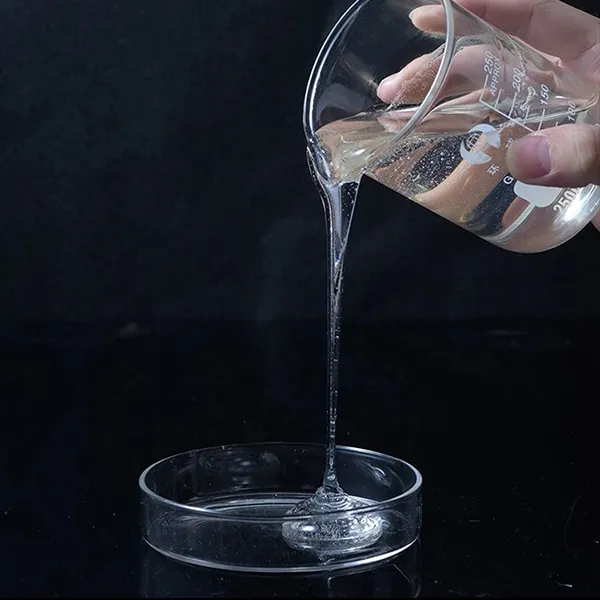The Role of Chemical Auxiliary Agents in Modern Industrial Applications
In today’s rapidly advancing industrial landscape, the use of chemical auxiliary agents has become increasingly essential. These substances, which are not the primary raw materials but facilitate various processes, play critical roles in enhancing efficiency, safety, and product quality across multiple sectors. This article delves into the significance of chemical auxiliary agents, their types, and their applications in various industries.
Chemical auxiliary agents encompass a broad spectrum of substances that assist in the manufacturing processes of various products. They can include solvents, catalysts, emulsifiers, surfactants, biocides, and other agents that enhance or facilitate specific chemical reactions. Unlike primary raw materials, which are the main components of a product, auxiliary agents serve to optimize production efficiency and improve the overall quality of the final output.
One of the most prevalent applications of chemical auxiliary agents is found in the textile industry. Here, they are employed as lubricants, wetting agents, and dyeing assistants. Auxiliary agents help in wetting fabrics, ensuring even dye distribution, and reducing friction during processes such as weaving and knitting. By improving the dyeing process, these agents enhance the color fastness and overall aesthetic appeal of the textiles produced, meeting the ever-evolving consumer demands for quality and sustainability.
In the realm of construction, chemical auxiliary agents play a pivotal role in enhancing the properties of concrete and other materials. Admixtures, for instance, are a type of auxiliary agent used to modify the physical and chemical properties of concrete. They can improve workability, reduce water consumption, accelerate curing time, or enhance durability. The incorporation of these agents results in improved structural integrity and longevity of buildings and infrastructures, which is crucial in urban development and the management of resources.
chemical auxiliary agent

The pharmaceutical and cosmetics industries are also heavily reliant on chemical auxiliary agents. In pharmaceuticals, excipients—chemical substances that serve as a vehicle for drug delivery—are critical for formulating medications. These agents ensure the stability and bioavailability of active ingredients, enhancing the effectiveness of the drugs while also considering patient safety and comfort. In cosmetics, emulsifiers and stabilizers are used to create smooth textures and long-lasting formulations, meeting consumer preferences for both functionality and aesthetics.
Furthermore, the food industry utilizes chemical auxiliary agents to improve food processing and preservation. Agents such as preservatives, color enhancers, and emulsifiers are commonly used to extend the shelf life of products, maintain freshness, and improve texture. The appropriate use of these substances is critical for ensuring food safety and quality, as they help prevent spoilage and undesirable changes that can impact consumer acceptance.
Despite their benefits, the use of chemical auxiliary agents is not without challenges. Regulatory standards are in place to ensure the safety and environmental compliance of these substances. Industries must adhere to guidelines that dictate the permissible limits of chemical agents to safeguard human health and the environment. As sustainability becomes a focal point in many sectors, the development of eco-friendly auxiliary agents is a growing area of research, aiming to minimize environmental impact while still delivering desired results.
In conclusion, chemical auxiliary agents are indispensable in modern industrial processes, facilitating improvements in quality, efficiency, and safety across various sectors. Their versatility and functionality continue to drive innovations, making them crucial to meeting the demands of contemporary consumers and addressing future challenges. As industries evolve, so too will the role of these agents, further solidifying their importance in the global market.
-
Rdp Powder: Key Considerations for Wholesalers in the Building Materials IndustryNewsJul.08,2025
-
Key Considerations for Wholesalers: Navigating the World of Hpmc - Based ProductsNewsJul.08,2025
-
Hpmc Detergent: Key Considerations for WholesalersNewsJul.08,2025
-
Key Considerations for Wholesalers: China Hpmc For Tile Adhesive, Coating Additives, Concrete Additives, and MoreNewsJul.08,2025
-
Crucial Considerations for Wholesalers: Navigating the World of Construction MaterialsNewsJul.08,2025
-
Key Considerations for Wholesalers Sourcing Additive For Cement, Additive For Concrete, Additive For Putty from Additive Manufacturer Shijiazhuang Gaocheng District Yongfeng Cellulose Co., Ltd.NewsJul.08,2025




